Folk Theatre-The Symbol Of Indian Culture
May 05, 2019 • 162 views
Folk Theatre is a composite art form in India with a blending of elements from music, dance, charade, verification, epic, and ballad recitation, graphic and plastic arts, religion and festival. In any society, traditional art forms occupy an important space as they reflect the ideas, emotions, and ethos of its people. Indeed folk theatres have deep roots in a native culture embodied in local identity and social values. It has also been used extensively in India to propagate critical , political, social and cultural issues in the form of theatrical messages to create awareness among the people.As an indigenous form, it divulges all kinds of formal limitations to human communication and appeals directly to the people. Some of the most importantforms of folk theatre in India include;
BHAND PATHER
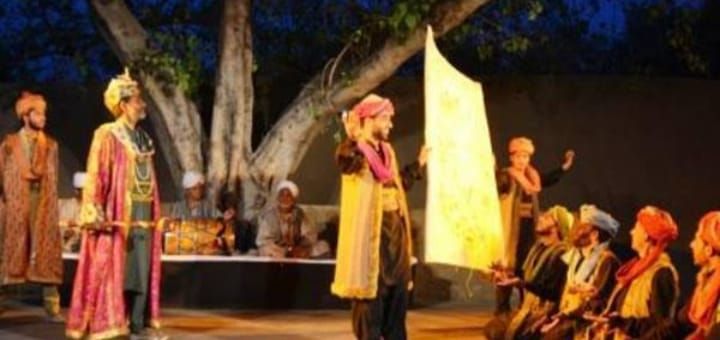
It is the traditional street theatre of Kashmir. It takes up mythological stories as well as contemporary social issues as themes. This powerful social platform is used to reflect the realities and concerns of the poor through satire. 'Bhands' are the folk performers and their plays are called 'pathers'. This social drama incorporates acting, dance, music.
YAKSHAGANA

The origin of this riveting folk theatre form of Karnataka can be traced back to almost 500 years. It is popular in the coastal districts of Karnataka. The word "yakshagana" literally means 'songs of yaksha'. Interesting narration, bright colored costumes, and hefty dance moves make yakshagana an absolute entertainer.
KRISHNATTAM
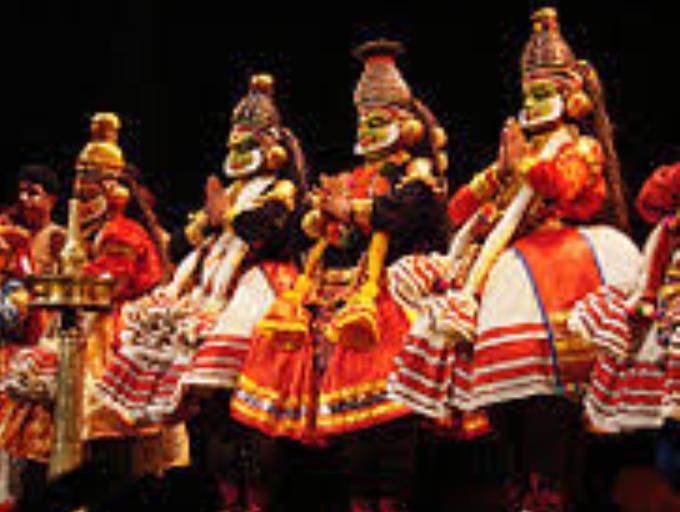
It is a dance-oriented folk theatre form of Kerala. It is performed as a series of eight plays(Avataram, Kaliyamardanam, Rasakrida, Kamasavadham, Swayamvaram, Banayudham, Vividhavadham and Swargarohanam) on eight days. It is one of the few art forms which keep the theme original and unvaried.
MUDIYETTU
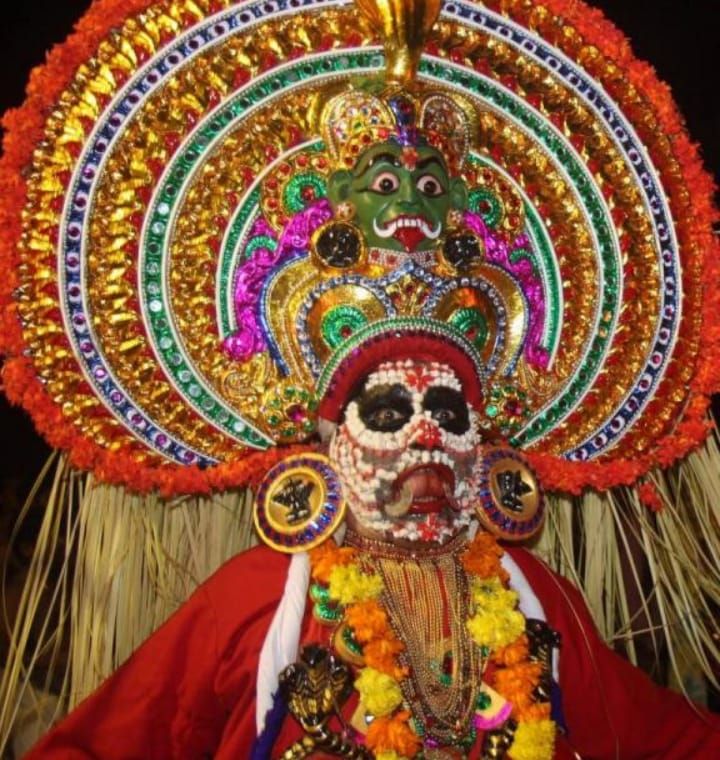
It is a ritual theatre form of Kerala. It is usually performed to please goddess Kali, based on the mythological tale of the battle between the goddess and demon Darika. It is the second art form from Kerala to get UNESCO recognition.
SWANG

It is an open air theatre popular in Haryana, Rajasthan,Uttar Pradesh, and some parts of Madhya Pradesh. It is typically a musical drama based on Indian mythological stories, folk tales, and contemporary satire. It mainly has two styles; Rohtak and Haathras. An amalgamation of traditional dance, music, mimcry and farce makes swang a popular theatre in North India.
NAUTANKI
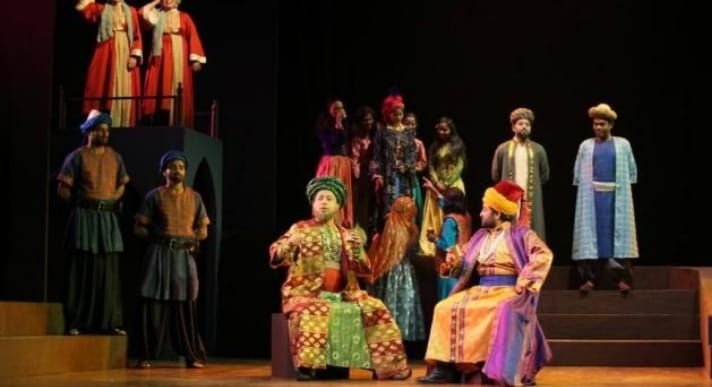
It is a mass-entertaining folk theatre popular in north Indian states like Haryana and Bihar. This ancient dramatic form is an outgrowth of swang genre.
RASA LEELA

It is a delightful theatre form which is a blend of prose and poetry. As the name 'Rasa Leela' suggests it is a cultural theatre based on lord Krishnas love and life. It is popular in Uttar Pradesh and some other parts of north India.
BHAVAI
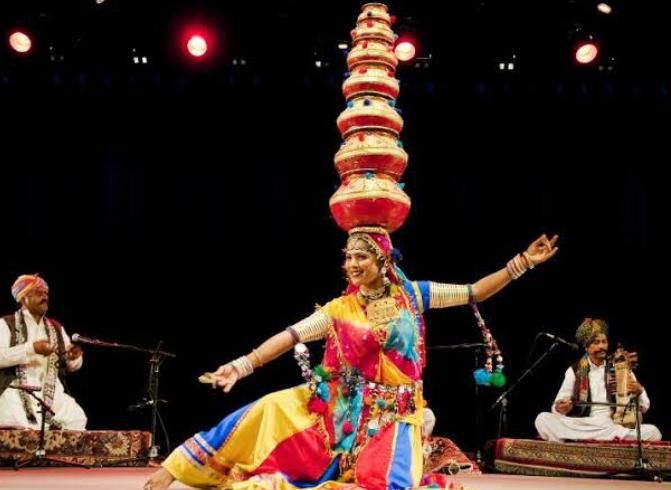
It is the most popular theatre form of Gujarat. Earlier it was only a ritual and later it became a mainstream entertainment. Bhavai is usually performed to revere and worship goddess Amba. The performers are referred to as 'Bhavayas'. Mythological stories and morals are largely used to convey social messages.
KOODIYATTAM

It belongs to the Sanskrit theatre. It isKerala's one of the oldest theatre forms in India. It is one of those art forms which are synonymous to the cultural heritage of the state. Prominent gestures and expressions are the highlights of Koodiyattam. It is traditionally performed in a sacred place like"koothambalam' and themes are usually picked up from Hindu mythology. It is the first art form from Kerala to be inscribed in the UNESCO's Representative List of Intangible Cultural Heritage of Humanity.
BHAONA
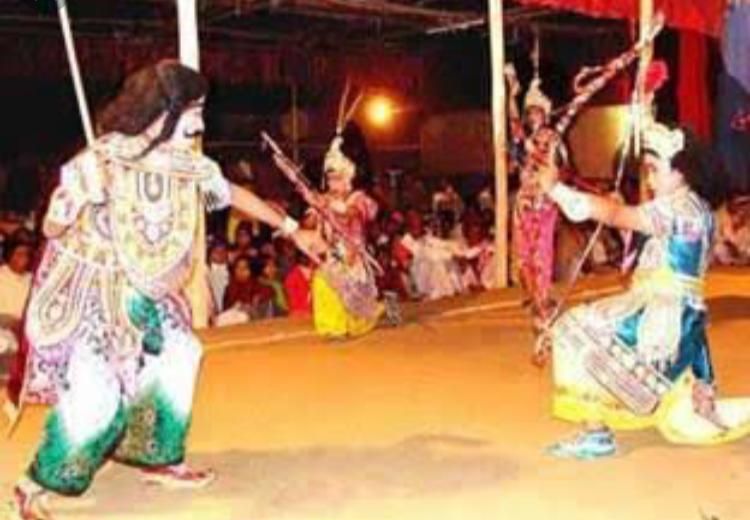
A traditional -religious theatre that originated and thrived in rural Asom. The Assamese saint and leader Srimanta Sankardeva is considered as the founder and main contributor of Bhaona form. The plays are written in Assamese and brajavali languages.
THERUKOOTHU
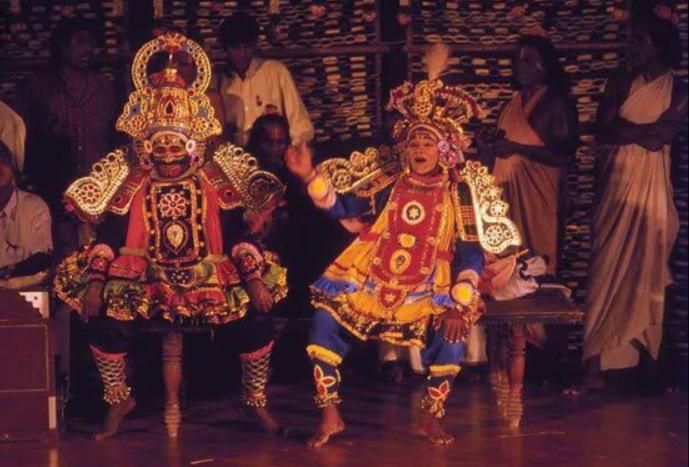
It is a rural- folk theatre of Tamil Nadu. It is performed during the temple festivals. The word 'Therukoothu' means 'street theatre'. Mythological themes, especially the life of Draupati are used. Eye-catching costumes, gripping narration, high pitched background score are the highlights of Therukooth.
JATRA
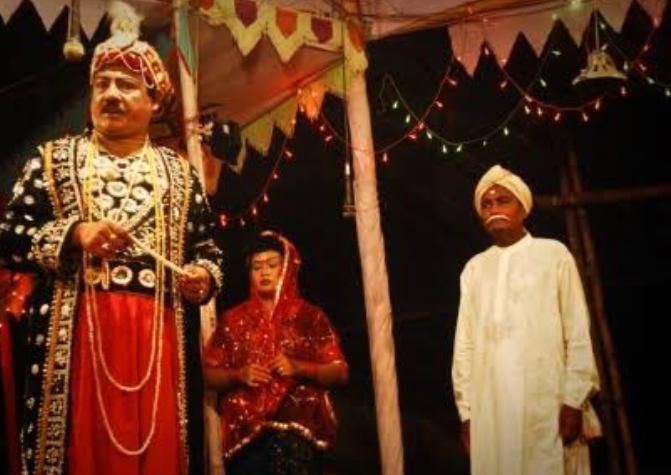
It is a Bengali folk theatre originated in West Bengal between the 15th and 16th century as a result of Bhakti movement. The word "Jatra"means 'a pilgrimage'.In the initial stage, it was a religious theatre, scripted on stories from Mahabharata and Ramayana but later in the 19th century the themes became more secular. Today, Jatra is the most popular folk theatre in eastern states such as Assam and Odisha.
TAMAASHA
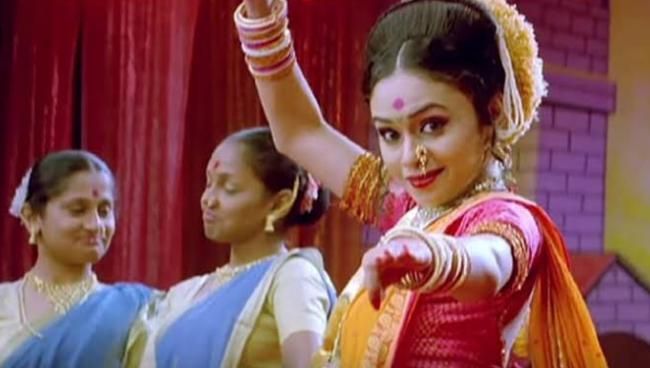
A Marathi folk theatre evolved under the influence of many ancient Indian art forms such as Gondhal, Jagran and Kirtan. Songs, dance and humor are indispensable parts of this theatre. Vivid gestures and fast footwork too make this folk art unique. Life of Lord Krishna is the major theme in most of the performances. Tamaasha is one of the few forms in which women themselves play female roles.
DASHAVATAR

And finally, Dashavatar is the folk theatre form indigenous to the South Konkan region of Maharashtra. It is also popular in Northern Goa. As the name 'Dashavatar itself denotes, the ten incarnations of Vishnu is an invariable part of the theme.
It is an open-air performance which usually begins post-midnight. Performers wearing masks is a feature of this theatrical form.
